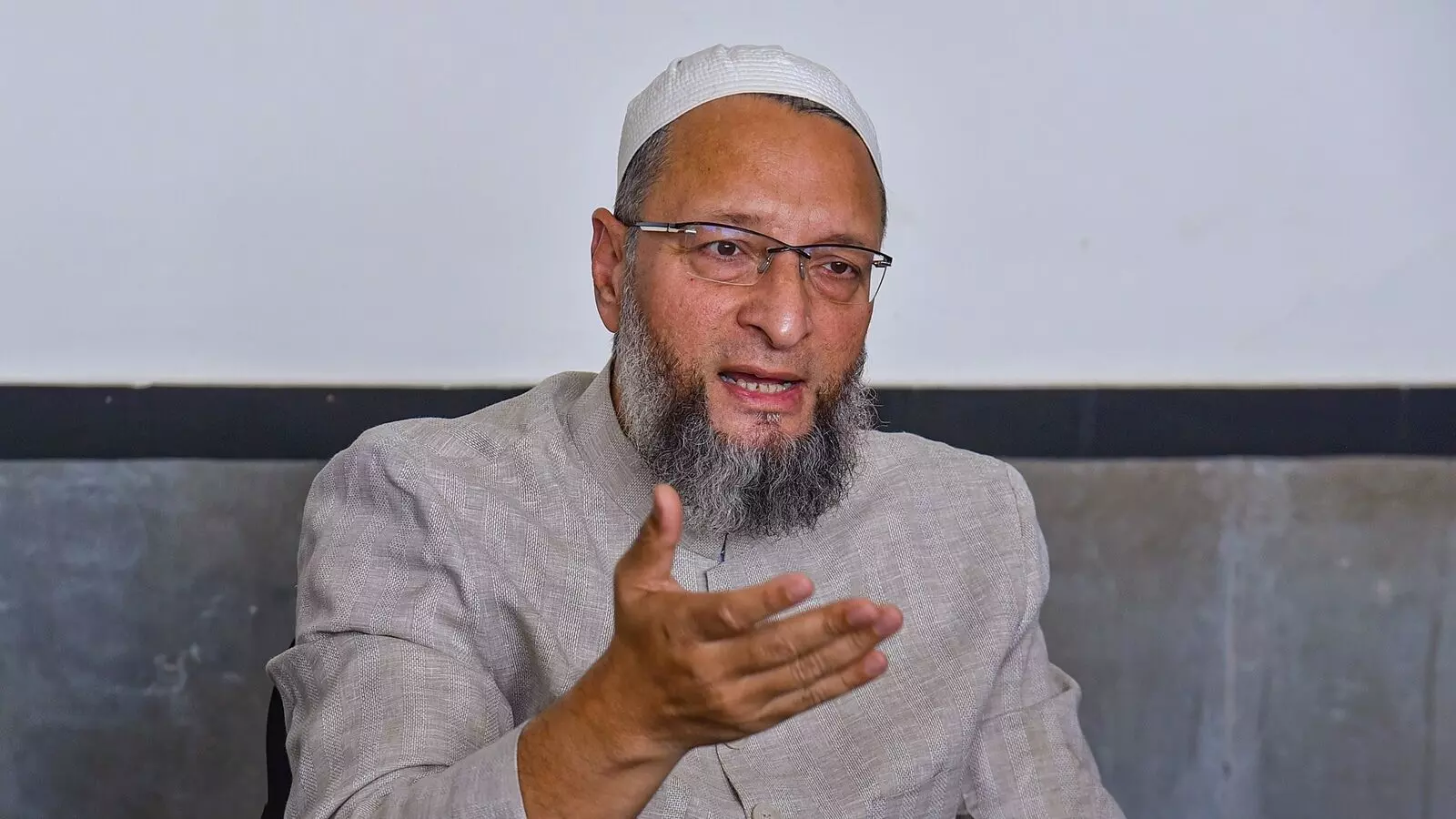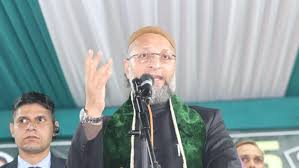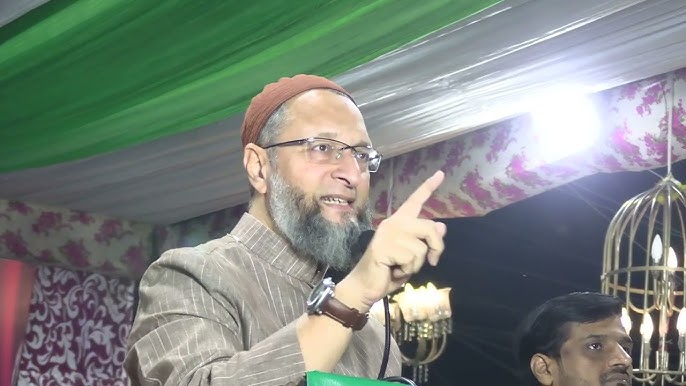Indian Railways rolls out 40 clone trains from Sep 21, which arrive at destinations 2-3 hours before parent trains
Sun 20 Sep 2020, 21:57:02
.jpg)
The Indian Railways rolling out 40 clone trains from September 21. With this, waitlisted passengers on high traffic routes can hope to reach their destinations 2-3 hours before the corresponding parent train, a senior official said on Sunday.
These clone trains -- primarily 3-AC trains with fewer halts, higher speeds and a departure time before the parent train -- come as a boon for the passengers who have to travel in an emergency or have made last-minute plans, the official said.
Their stoppages will be limited to operational halts or the Divisional Headquarters en-route (if any), thereby reducing their journey time, the official said.
"These trains will reach their destinations two to three hours in advance. That's how they have been planned," a senior official told PTI.
“We are assuming that during these times, people will travel only in an emergency and we want to make sure that on the high traffic routes, we can accommodate all passengers who want to travel.”
The Railways has introduced these 20 pairs of trains on high demand routes with most trains between Bihar, West Bengal, Uttar Pradesh and Delhi, Andhra Pradesh and Karnataka.
While the tickets for 19 pairs of these trains
-- all 18 coaches -- will be charged at the Humsafar Express rates, it will be at par with the Janshatabdi Express rates for the 22-coach clone train between Lucknow and Delhi.
-- all 18 coaches -- will be charged at the Humsafar Express rates, it will be at par with the Janshatabdi Express rates for the 22-coach clone train between Lucknow and Delhi.
The advance reservation period for these trains will be 10 days and the booking opened at 8 am on September 19, the Railways said.
“It is better to run trains on routes where there is more demand, than keeping the assets idle. We tried to implement this earlier, but not enough path was available. Now, with this pandemic there is no dearth of path and this is the right time to test the market for such trains," the official said.
“The clone trains will be primarily 3AC trains and run ahead of the already operating special trains. The zones have been given flexibility to decide how much of a head start the clone trains will be given depending on the availability of path and commercial viability it can be one hour or four hours or even more,¨ he added.
While as of now, no dynamic fare is being charged for these trains, sources said that in the near future, it can be considered.
This initiative was first announced by then Railway Minister Suresh Prabhu in 2016, but it failed to take off primarily because of congestion on the rail network.
No Comments For This Post, Be first to write a Comment.
Most viewed from National
Most viewed from World
AIMIM News
Delhi Assembly polls: Owaisi leads Padyatra in Okhla
Feb 01, 2025
We reject this Waqf Amendment Bill: Asaduddin Owaisi
Jan 30, 2025
Latest Urdu News
Most Viewed
May 26, 2020
Which team will win the ICC Men's Champions Trophy 2025 held in Pakistan/Dubai?
Latest Videos View All
Like Us
Home
About Us
Advertise With Us
All Polls
Epaper Archives
Privacy Policy
Contact Us
Download Etemaad App
© 2025 Etemaad Daily News, All Rights Reserved.

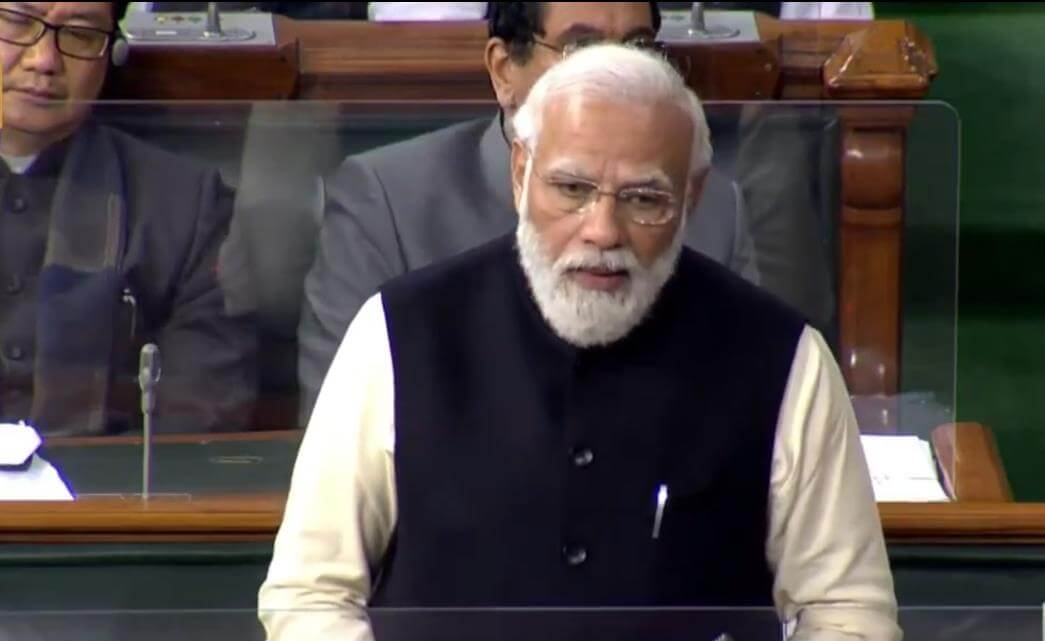
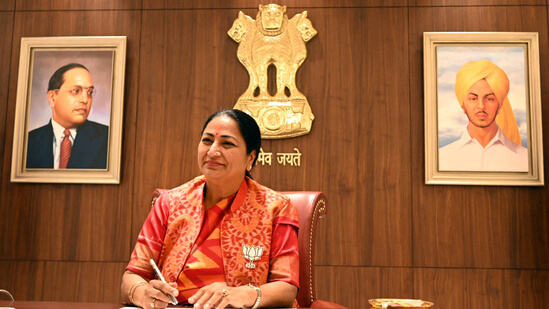
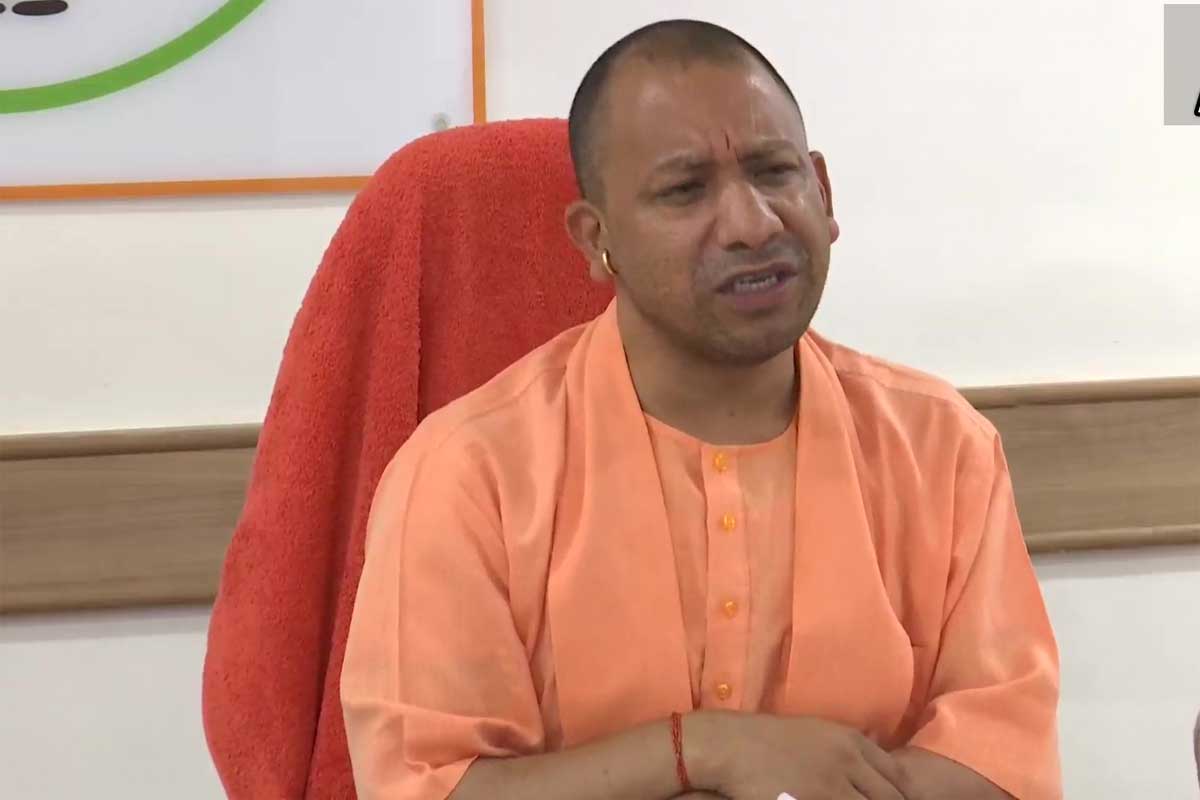
.jpg)
.jpg)
.jpg)
.jpg)
.jpg)
.jpg)
.jpg)
.jpg)
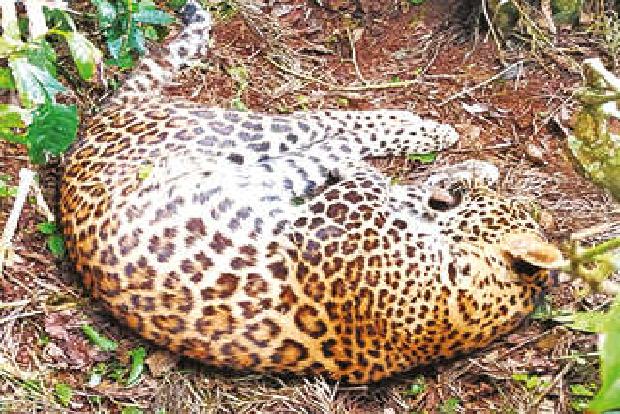
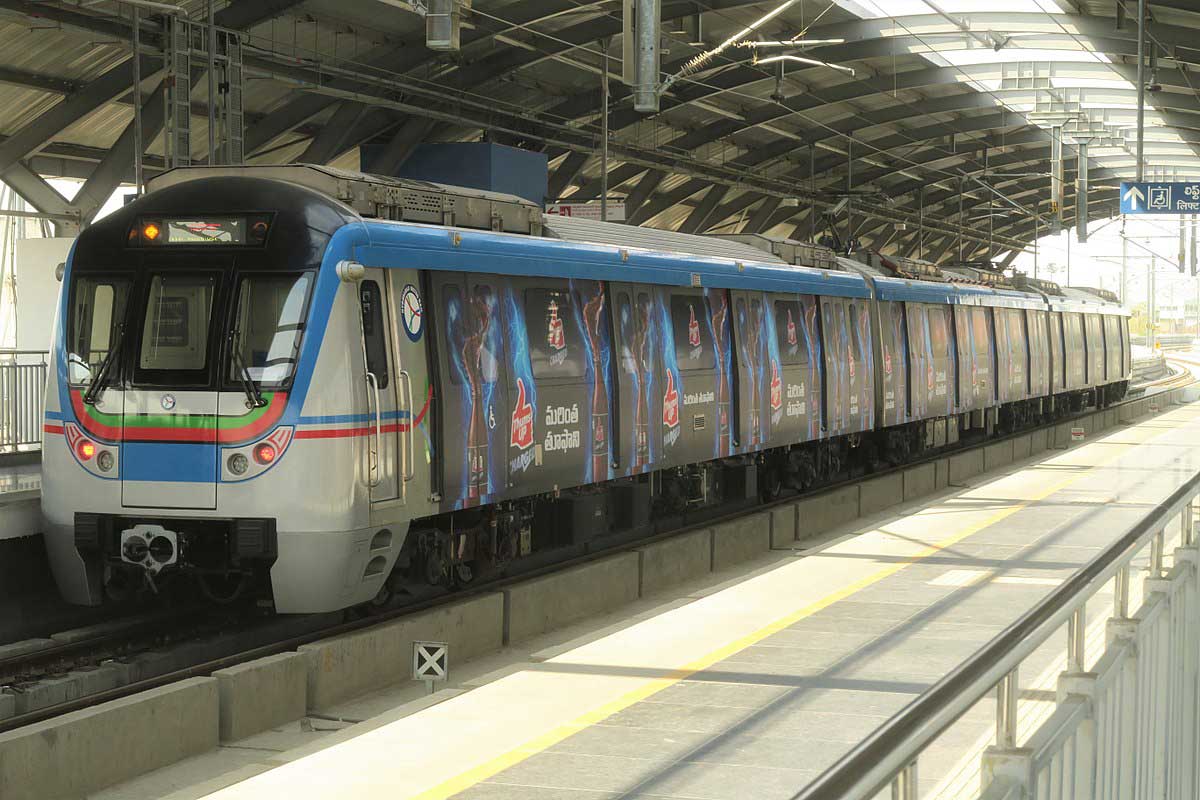
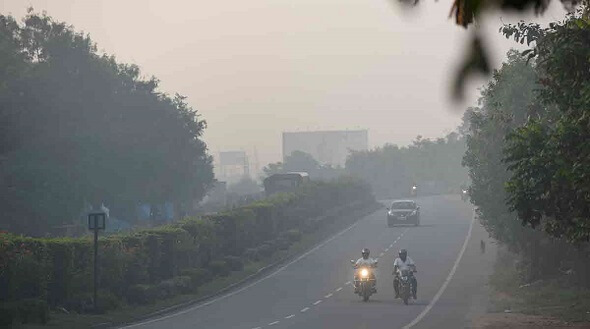
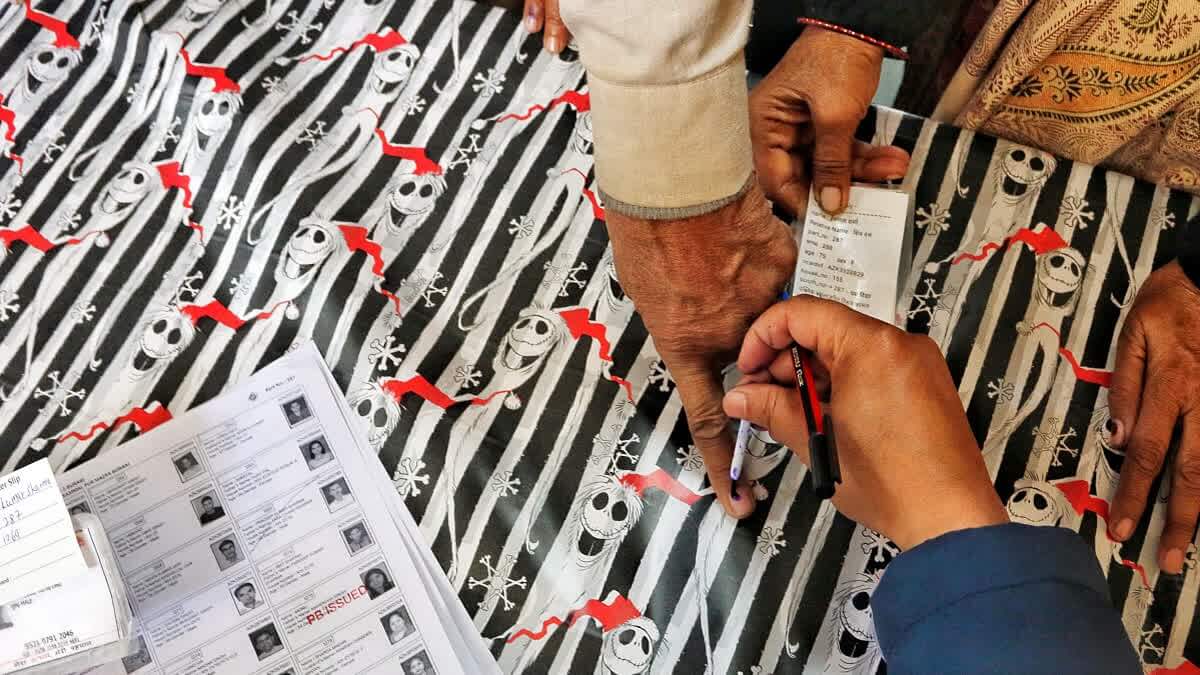
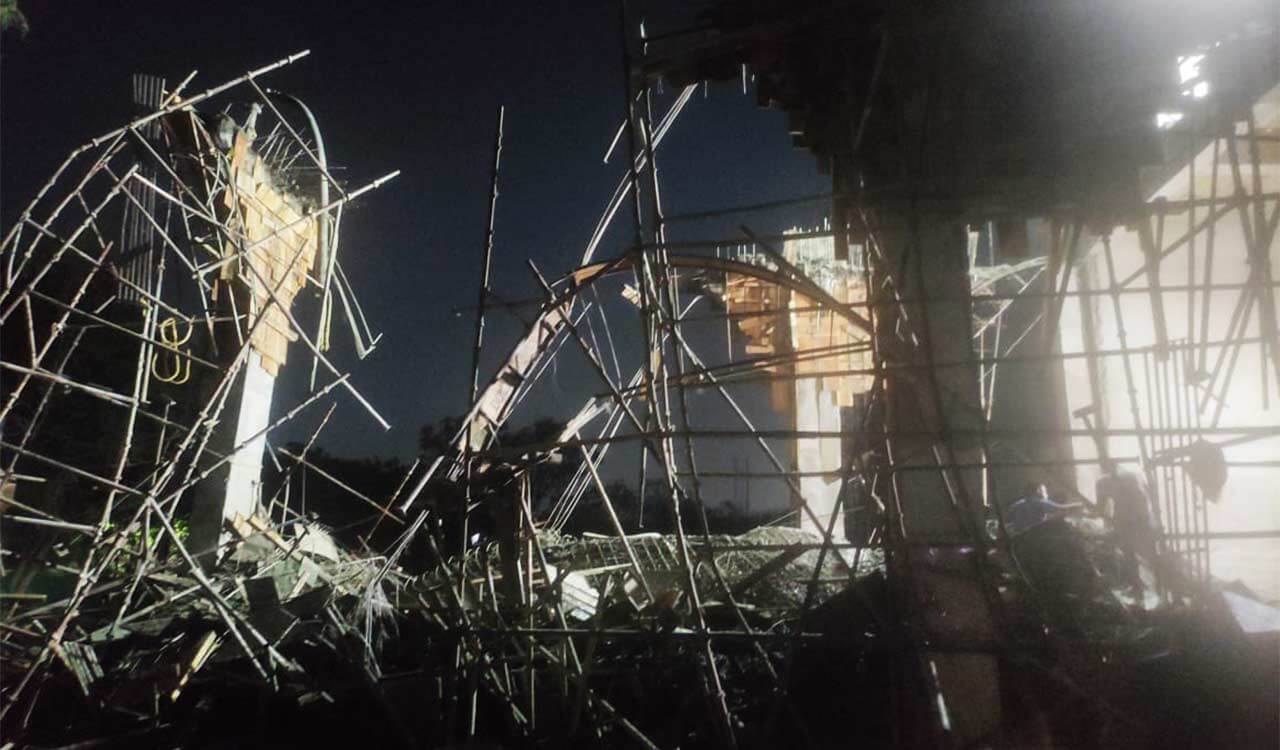
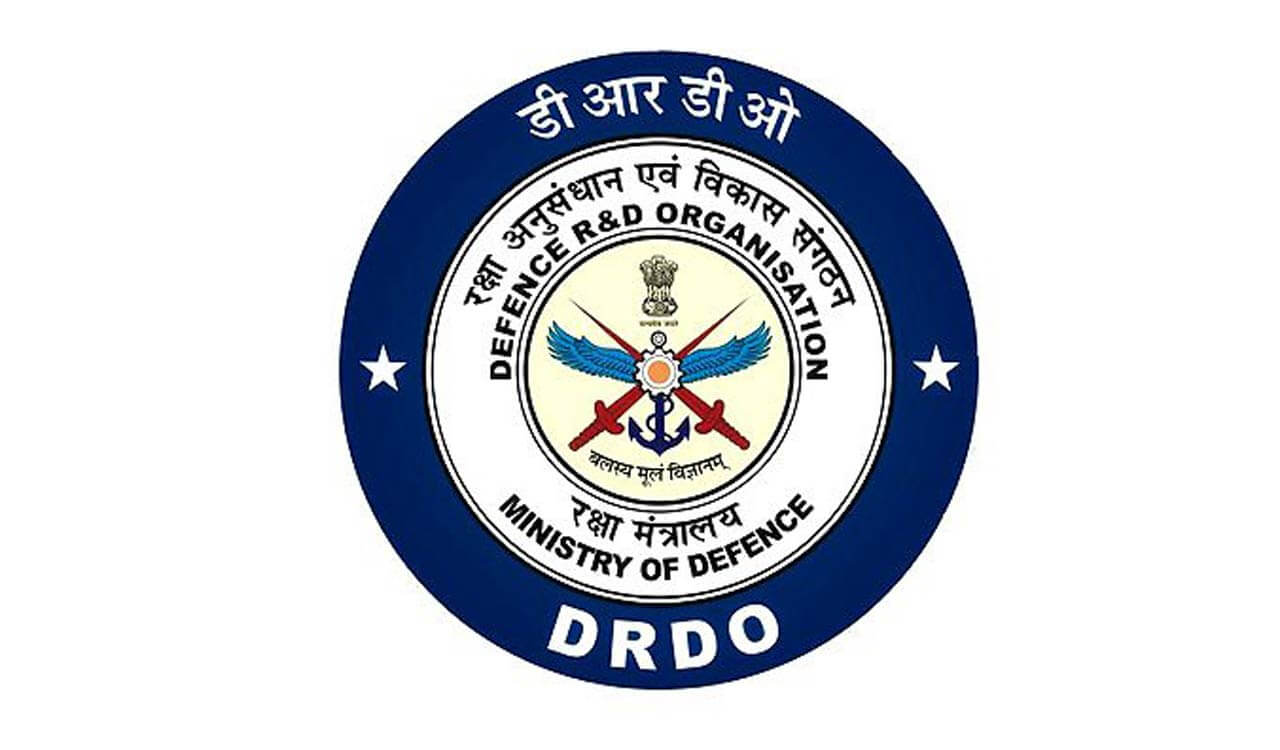
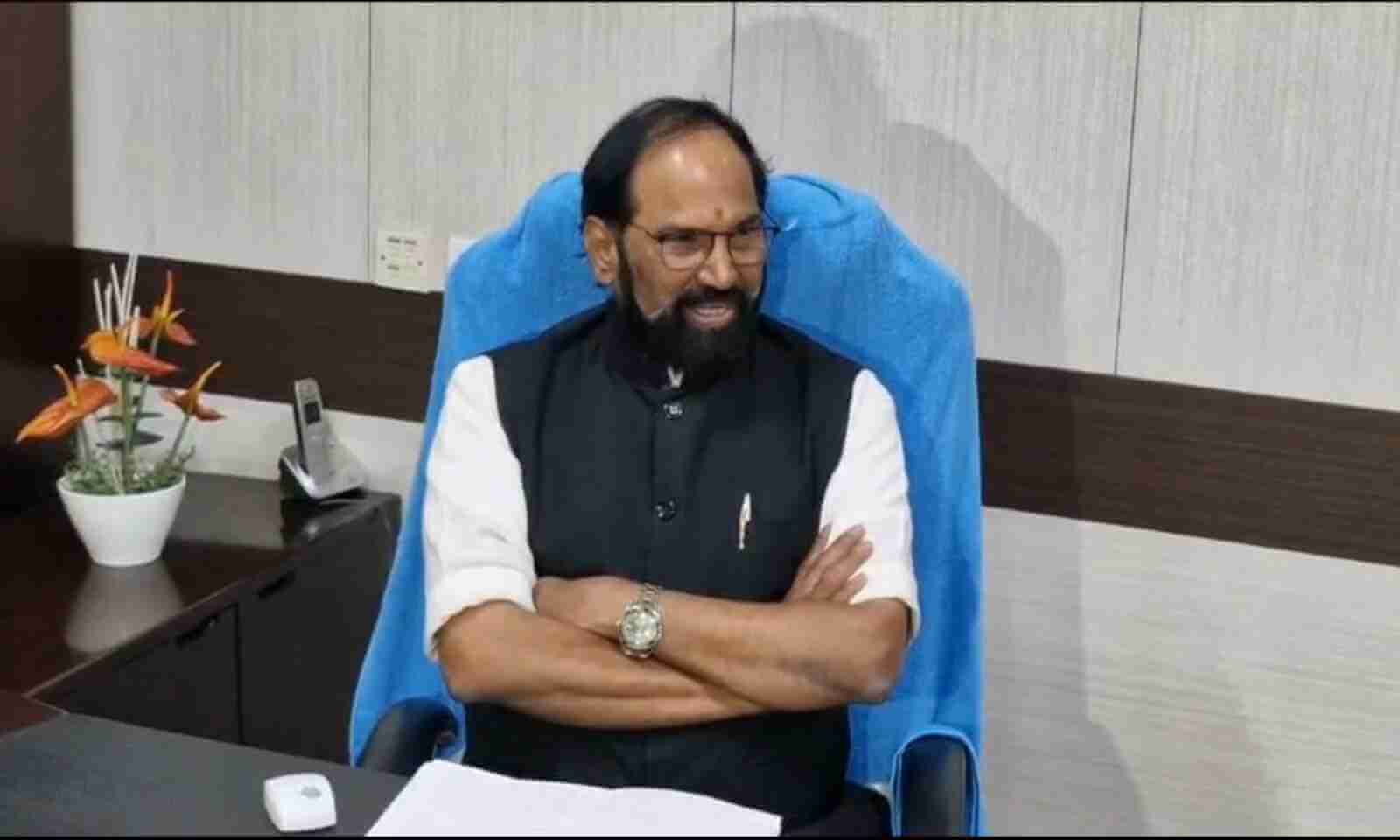
.jpg)
.jpg)
.jpg)
.jpg)
.jpg)
.jpg)




